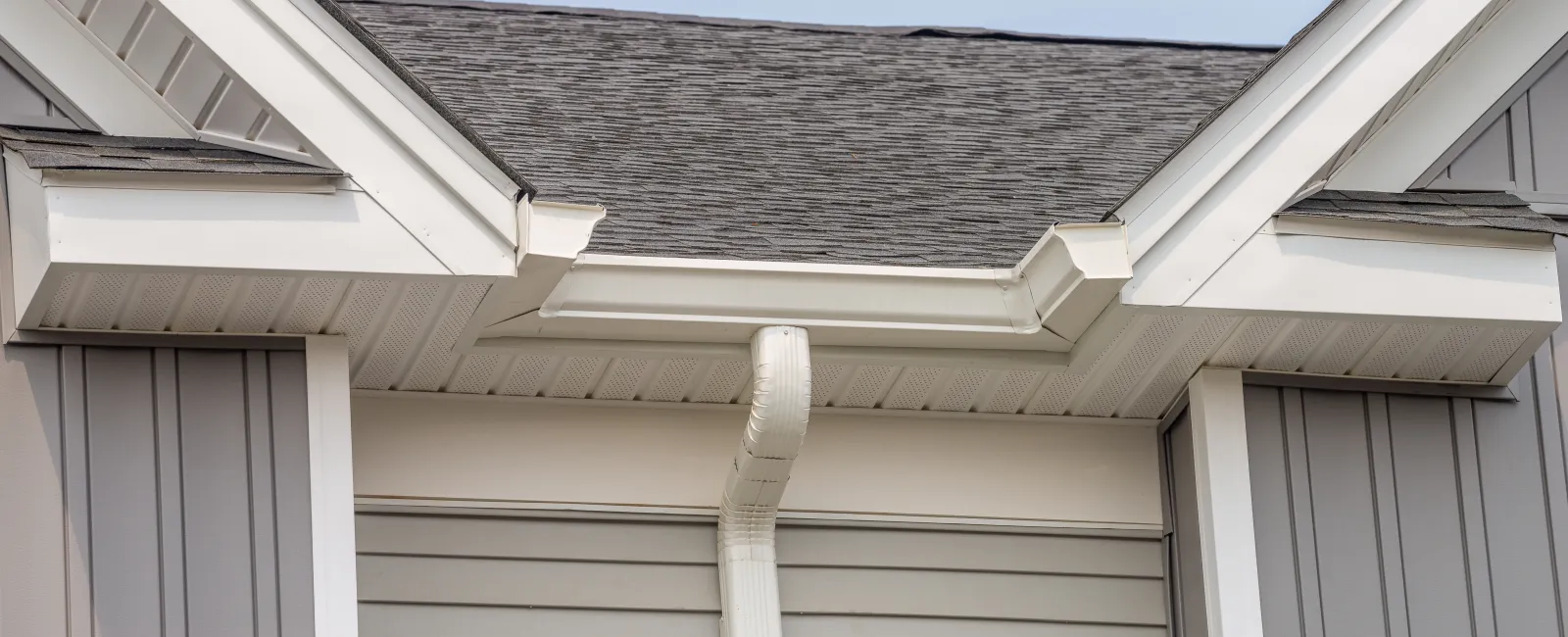How should roofs (and their owners) prepare for the rainy season? It can be difficult to tell if without roofing experience. Here are several key things to watch for:
Quality Shingles and Tiles
The average shingle or tile is, by design, resistant to water and wind. However, when shingle materials wear down, problems emerge. Fall and winter rains bring out the worst in your roof—as they always expose weak spots caused by older materials.
If new shingles or tiles have been recently installed on the roof, the roof may be okay. If not, it’s time to head up to your roof to do a spot check – or ask a professional for their opinion. Bald shingles with lost granules and discolored tiles are a bad sign.
*Please note that while there are waterproof roof coatings, these coatings are not designed to work with shingles. Rather, waterproof roof coatings work with different types of rooftops. Shingles are your first line of defense against the weather, but there are not many coatings that can be safely applied to asphalt shingles. Wood shingles are a notable exception, and can be sealed against moisture damage repeatedly.
Underlayment
Underlayment is a key to defending against high winds and severe storm conditions. Modified bitumen membranes appear to perform particularly well as they keep rooftops together. Modified bitumen membranes help roofs avoid serious puncture damage caused by flying debris or leaks from rain water. Built-up rooftops designed to withstand more severe forces also do well, but this is a major structural feature, and thus, cannot easily be applied.
It can be difficult to tell between different types of underlayment. Roofing felt is common, but in recent years other underlayment types have grown in popularity. To find out more about underlayment, ask a roofing contractor about an inspection.
Flashing
If your roof develops a leak, the weak spot is most likely the flashing. Flashing is defined as the metal cuffs that protect all edges of the rooftop. Older and rusted flashing, or flashing that has not been properly sealed, will not fare well under winter rains. Again, the best way to make sure a roof is ready for rain is to get a professional to inspect the current flashing for any obvious signs of damage. A quick sight check for problems like wear or rust could also be performed.
Flat Rooftops
Flat rooftops (and rooftops with very low slopes) are worth mentioning because rainy seasons create a special danger for them. Poorly built or poorly maintained flat rooftops can quickly develop problems with pooling water and moisture damage. This is one area where waterproof elastomeric roof coatings are an appropriate and helpful response. To make sure a flat rooftop is ready for rain, apply one of these roof sealants or ask a professional for advice on what products to use.



